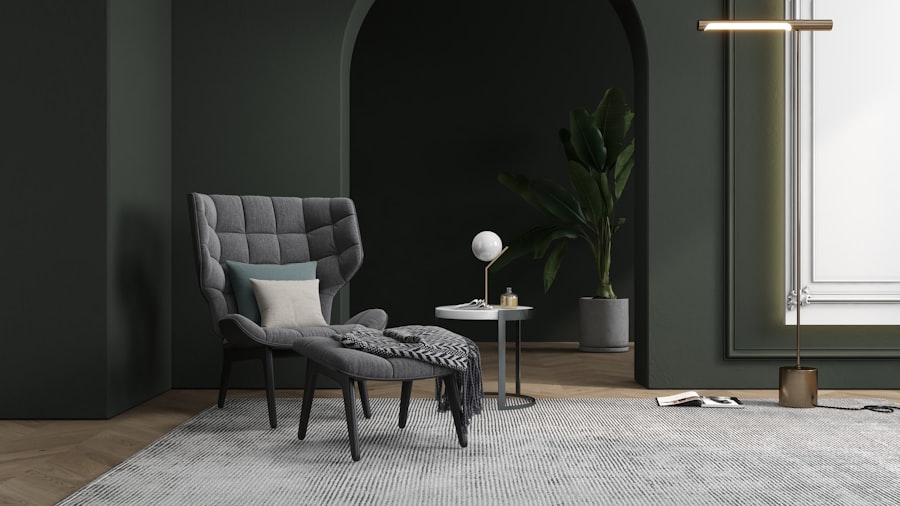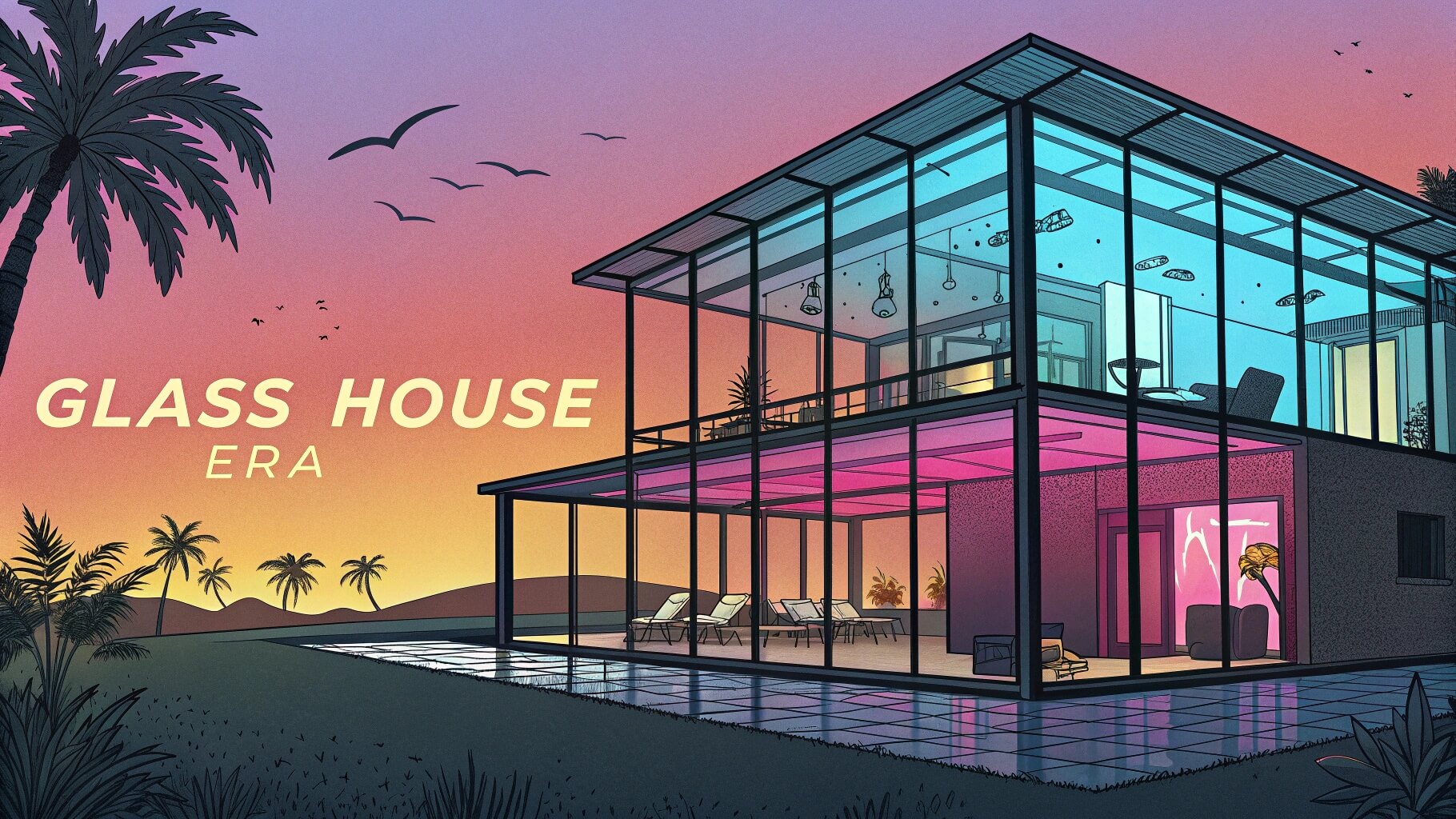Architectural trends have undergone significant transformations over the centuries, reflecting changes in technology, culture, and societal values. From the grandiosity of ancient Roman structures to the minimalist aesthetics of contemporary designs, each era has left its mark on the built environment. The Renaissance period, for instance, saw a revival of classical elements, emphasizing symmetry and proportion, while the Industrial Revolution introduced new materials and construction techniques that allowed for greater experimentation.
The 20th century brought about movements such as Modernism, which rejected ornamentation in favor of functionalism and simplicity, paving the way for the sleek lines and open spaces that characterize many contemporary homes today. In recent decades, there has been a notable shift towards sustainability and eco-conscious design. Architects are increasingly prioritizing energy efficiency and environmental impact in their projects.
This evolution is not merely a response to climate change but also reflects a growing awareness of the importance of integrating nature into urban living. The rise of biophilic design principles emphasizes the connection between humans and nature, leading to innovative architectural solutions that incorporate natural elements into urban settings. As we move further into the 21st century, the fusion of technology with traditional architectural practices continues to shape the landscape, resulting in structures that are not only aesthetically pleasing but also highly functional and sustainable.
The Appeal of Glass-Walled Modern Mansions
Glass-walled modern mansions have captured the imagination of homeowners and architects alike, offering a unique blend of luxury and transparency. The allure of these homes lies in their ability to create a seamless connection between the interior and exterior environments. Large expanses of glass allow for unobstructed views of the surrounding landscape, whether it be a serene forest, a bustling city skyline, or a tranquil beach.
This visual connection fosters a sense of openness and freedom, making residents feel more in tune with their surroundings. Moreover, the aesthetic appeal of glass facades can elevate a home’s design, giving it a contemporary edge that stands out in any neighborhood. Beyond their visual impact, glass-walled mansions often embody a lifestyle choice that prioritizes light and space.
The open floor plans typical of these homes encourage fluid movement between rooms, creating an inviting atmosphere for both residents and guests. This design philosophy aligns with modern living trends that favor social interaction and communal spaces over traditional compartmentalized layouts. Additionally, the use of glass can enhance the perceived size of a home, making even smaller spaces feel expansive and airy.
As such, these architectural marvels not only serve as luxurious residences but also as statements of modern living that embrace transparency and connectivity.
The Integration of Indoor and Outdoor Spaces
One of the defining features of glass-walled modern mansions is their ability to blur the lines between indoor and outdoor spaces. This integration is achieved through thoughtful design elements such as sliding glass doors, expansive windows, and open-air terraces that invite nature into the home. By creating seamless transitions between these environments, architects can enhance the overall living experience, allowing residents to enjoy the beauty of their surroundings from the comfort of their homes.
For instance, a living room that opens directly onto a patio can facilitate outdoor entertaining while providing easy access to fresh air and natural light. The integration of indoor and outdoor spaces also promotes a lifestyle that embraces nature. Many modern mansions incorporate landscaped gardens, water features, or outdoor kitchens that extend the living area beyond four walls.
This design approach encourages outdoor activities and relaxation, fostering a deeper connection with the environment. Furthermore, such spaces can be designed to adapt to various weather conditions, allowing homeowners to enjoy their outdoor areas year-round. The thoughtful incorporation of nature into residential design not only enhances aesthetic appeal but also contributes to overall well-being by providing tranquil spaces for reflection and recreation.
The Impact of Natural Light and Views
Natural light plays a pivotal role in enhancing the ambiance of glass-walled modern mansions. The strategic placement of windows and glass walls allows sunlight to flood interior spaces, creating a warm and inviting atmosphere. This abundance of natural light has been shown to have numerous psychological benefits, including improved mood and increased productivity.
In residential design, maximizing natural light is often prioritized as it can transform even the most mundane spaces into vibrant living areas. For example, a sun-drenched kitchen can become a gathering place for family and friends, fostering connections over shared meals. Moreover, the views afforded by glass-walled designs are equally significant.
Homeowners are increasingly seeking properties that offer breathtaking vistas, whether it’s a panoramic view of mountains or an expansive look at urban landscapes. These views not only enhance the aesthetic value of a home but also contribute to its overall desirability in the real estate market. A well-placed window can frame a stunning sunset or provide glimpses of wildlife in nearby parks, enriching daily life with moments of beauty and inspiration.
As such, architects are tasked with designing spaces that not only prioritize light but also strategically capture views that elevate the living experience.
Sustainability and Energy Efficiency in Glass-Walled Homes
As environmental concerns continue to rise, sustainability has become a cornerstone of modern architectural practices, including in the design of glass-walled homes. While glass is often perceived as less energy-efficient due to its potential for heat loss or gain, advancements in technology have led to the development of high-performance glazing options that mitigate these issues. Low-emissivity (low-E) glass coatings can reflect heat while allowing natural light to enter, significantly improving energy efficiency without sacrificing aesthetics.
Additionally, double or triple glazing provides insulation that helps maintain comfortable indoor temperatures year-round. Incorporating sustainable practices into glass-walled designs extends beyond just window technology; it encompasses the entire building process. Many architects are now integrating renewable energy sources such as solar panels into their designs to further enhance energy efficiency.
Rainwater harvesting systems can also be incorporated into these homes to reduce water consumption while maintaining lush landscaping around the property. By prioritizing sustainability in their designs, architects not only contribute to environmental conservation but also create homes that are cost-effective in terms of energy consumption over time.
The Influence of Technology on Modern Mansion Design

Optimizing Energy Efficiency and Comfort
In glass-walled mansions, this technological integration can be particularly impactful; automated shading systems can adjust window coverings based on sunlight levels to optimize energy efficiency while maintaining comfort.
Advancements in Construction Technology
Advancements in construction technology have enabled architects to push the boundaries of design further than ever before. Building Information Modeling (BIM) allows for precise planning and visualization during the design phase, ensuring that every detail is accounted for before construction begins. This technology minimizes waste and enhances collaboration among architects, engineers, and contractors.
Customization through 3D Printing
Additionally, 3D printing is beginning to play a role in creating custom components for modern homes, allowing for unique architectural features that were previously difficult or impossible to achieve.
Challenges and Considerations in Building Glass-Walled Mansions
While glass-walled modern mansions offer numerous benefits, they also present unique challenges that must be carefully considered during the design and construction process. One significant concern is privacy; expansive glass facades can leave residents feeling exposed to neighbors or passersby. To address this issue, architects often employ strategic landscaping or incorporate frosted or tinted glass elements that maintain natural light while providing necessary privacy.
Another challenge is thermal performance; without proper insulation or shading solutions, glass-walled homes can become uncomfortably hot in summer or cold in winter. Architects must balance aesthetic desires with practical considerations by selecting appropriate materials and technologies that enhance energy efficiency while still achieving the desired look. Additionally, maintenance can be more demanding for glass surfaces compared to traditional materials; regular cleaning is essential to maintain clarity and prevent deterioration from environmental factors.
The Future of Glass-Walled Modern Mansions
Looking ahead, the future of glass-walled modern mansions appears promising as architectural innovation continues to evolve alongside societal needs and environmental considerations. As technology advances further, we can expect even more sophisticated glazing options that enhance energy efficiency while providing stunning aesthetics. Innovations such as self-tinting glass or dynamic facades that respond to changing weather conditions may become commonplace in future designs.
Moreover, as urbanization continues to rise globally, architects will likely focus on creating multi-functional spaces that maximize limited land availability while still embracing natural elements. The integration of vertical gardens or green roofs into glass-walled designs could provide additional benefits by improving air quality and enhancing biodiversity within urban settings. Ultimately, as we move forward into an era defined by sustainability and technological advancement, glass-walled modern mansions will likely continue to evolve as symbols of luxury living that harmoniously blend with nature while addressing contemporary challenges.
FAQs
What are glass-walled modern mansions?
Glass-walled modern mansions are luxury homes that feature extensive use of glass in their design, particularly for exterior walls. These homes often have floor-to-ceiling windows, glass doors, and other glass elements that allow for unobstructed views and a seamless connection between indoor and outdoor spaces.
What are the benefits of glass-walled modern mansions?
Glass-walled modern mansions offer several benefits, including abundant natural light, panoramic views, a sense of openness and spaciousness, and a modern, sleek aesthetic. They also provide a seamless integration with outdoor living spaces, creating a strong connection to the surrounding environment.
What are the challenges of glass-walled modern mansions?
Some of the challenges associated with glass-walled modern mansions include privacy concerns, maintenance of the glass surfaces, and potential issues with energy efficiency and insulation. Additionally, the cost of construction and potential security risks may also be considerations for homeowners.
What are some popular features of glass-walled modern mansions?
Popular features of glass-walled modern mansions include expansive glass walls, open floor plans, minimalist interior design, high-end finishes and materials, smart home technology, and outdoor amenities such as infinity pools, rooftop terraces, and landscaped gardens.
What are some notable examples of glass-walled modern mansions?
Notable examples of glass-walled modern mansions can be found in various locations around the world, including California, the Hamptons, Miami, and other luxury real estate markets. These homes are often designed by renowned architects and feature cutting-edge design and technology.

